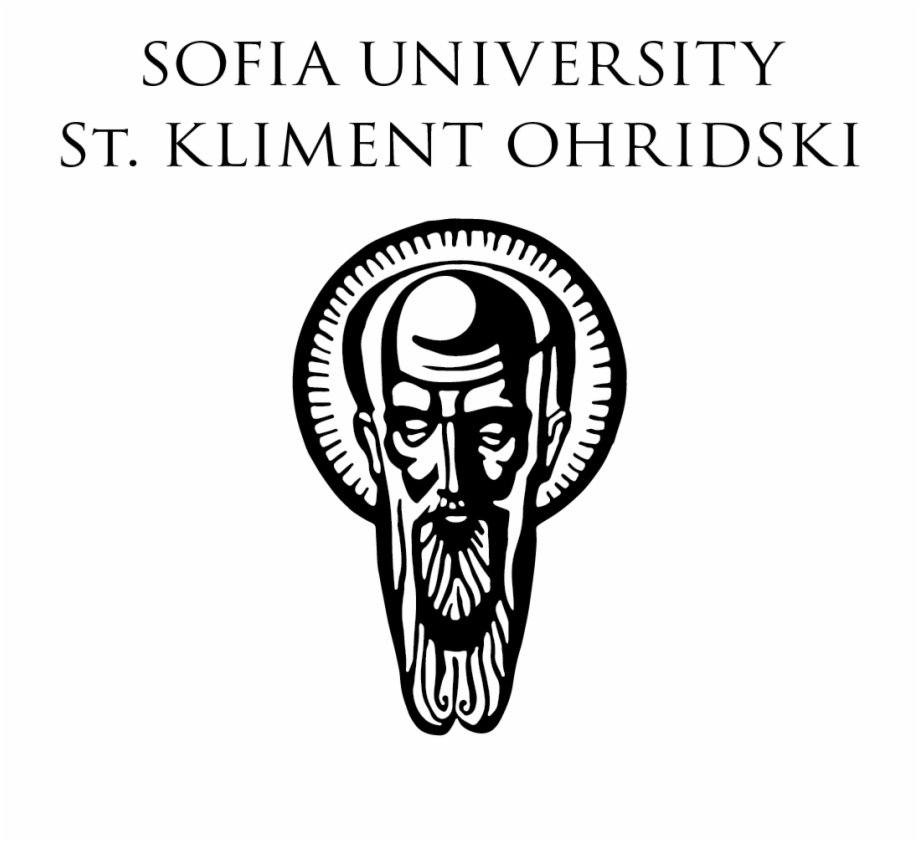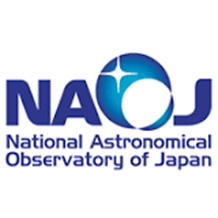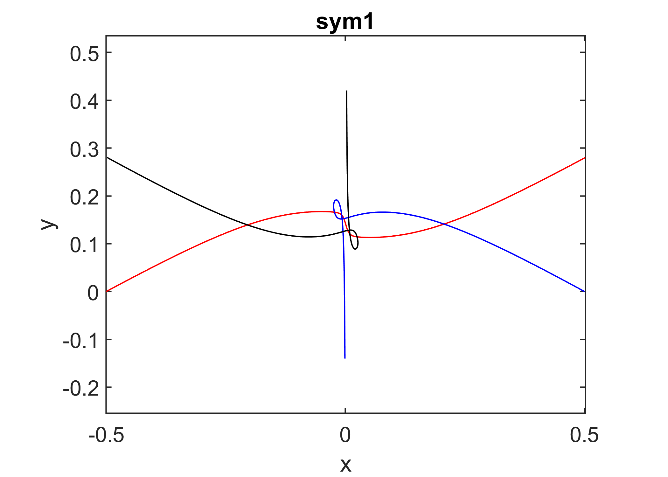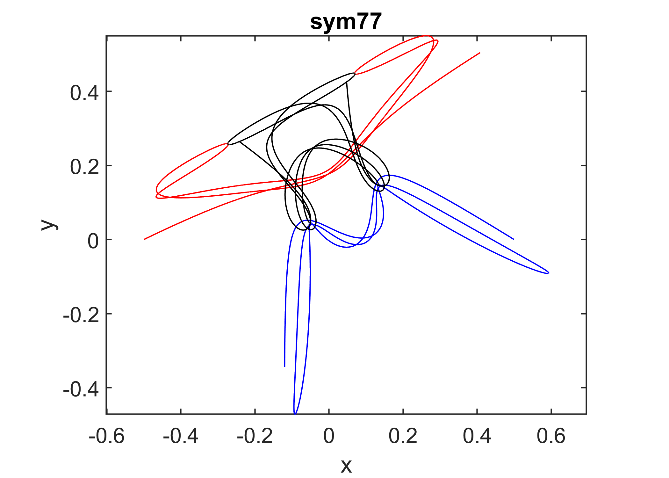NCC BULGARIA


The National Competence Centre of Bulgaria (NCC-Bulgaria in the area of HPC, HPDA, and AI has the goal to enhance and develop the competencies of the Bulgarian computational community, making full use of EuroHPC resources and the EuroCC partnership.
NCC-Bulgaria is built by a consortium coordinated by the Institute of Information and Communication Technologies at the Bulgarian Academy of Sciences (IICT-BAS), and two members, Sofia University “St. Kliment Ohridski” (SU), and the University of National and World Economy (UNWE).
Scientific partners involved:
This work was developed in contribution with colleagues from the Faculty of Mathematics and Informatics at the Sofia University, Institute of Physics Belgrade at the University of Belgrade, and the National Astronomical Observatory of Japan


Computer Informatics Department is part of the Faculty of Mathematics and Informatics (FMI). It manages courses led by the faculty in programming, data structures, databases, artificial intelligence, and distributed systems. The department supports several masters’ programs – Embedded Systems, Artificial Intelligence, Information Systems, IT Services, and Projects. Lecturers from the department actively participate and prepare doctoral students in the doctoral program in Information Systems.
The Institute of Physics Belgrade (IPB) is a scientific institution whose program includes theoretical physics, physics of elementary particles, subatomic particle physics, and others.
The National Astronomical Observatory of Japan (NAOJ) is an astronomical research organization.
Technical/scientific Challenge:
In 2019 Li and Liao announced the discovery of 313 initial conditions (i.c.s) for free-fall (or “brake”) collisionless periodic orbits in the Newtonian three-body problem [1], 30 of these 313 i.c.s being for equal-mass case. They used TH-2 at the National Supercomputer Centre in Guangzhou, China to achieve these results. Although it was a breakthrough in searching for new periodic free-fall orbits at the time, this number of discovered and identified free-fall orbits does not compare favorably with thousands of other types of periodic 3-body orbits that have been found over the past decade. There were also some logical inconsistencies in the work of Li and Liao. Our goal was to find them and fix them and to conduct a new numerical search with better efficiency, limited to the equal-mass case.
[1] Xiaoming Li and Shijun Liao, “Collisionless periodic orbits in the free-fall three-body problem”, New Astronomy 70, 22-26 (2019); arXiv:1805.07980v1 (nlin).
Solution:
The numerical algorithm that we use for finding periodic orbits is an optimized version of those used in [1]. This is the grid-search algorithm in combination with Newton’s method, where the computing of the coefficients of the linear system at each step of Newton’s method is done with the high-order Taylor series method used with high-precision floating point arithmetic. The obtained better efficiency can be explained with the use of a finer search grid, the use of a modification of Newton’s method with a larger domain of convergence, and some technical improvements.
Using the NESTUM cluster, the computation time was reduced more than a hundred times. Achieving the results is impossible without using the HPC cluster.
Scientific impact:
We searched for equal-mass periodic free-fall orbits, finding 24,582 initial conditions, corresponding to 12,409 distinct solutions. The distribution of initial conditions shows a remarkable structure (the “Maasai shield”) similar to several other previously investigated properties of the free-fall problem. Some 236 orbits have geometric symmetries, compared with only a few known before. Several examples of so-called “stutter” orbits, predicted in 2012, have also been found. These are the news of interest to mathematicians. After the study of the stability of orbits, we shall know more about their astronomical and astrophysical interest.
Benefits:
- Reduction of computation time by using parallel computations;
Success story # Highlights:
- Keywords: Three-body problem, free-fall periodic collisionless orbits, numerical search, supercomputer applications
- Research area: astronomy, physics, mathematics
- Technology: HPC
Examples of symmetric orbits


This project has received funding from the European High-Performance Computing Joint Undertaking (JU) under grant agreement No 101101903. The JU receives support from the Digital Europe Programme and Germany, Bulgaria, Austria, Croatia, Cyprus, Czech Republic, Denmark, Estonia, Finland, Greece, Hungary, Ireland, Italy, Lithuania, Latvia, Poland, Portugal, Romania, Slovenia, Spain, Sweden, France, Netherlands, Belgium, Luxembourg, Slovakia, Norway, Türkiye, Republic of North Macedonia, Iceland, Montenegro, Serbia
Contact:
Assoc. prof. Ivan Hristov, ivanh[at]fmi.uni-sofia.bg, Faculty of Mathematics and Informatics, Sofia University
Assoc. prof. Radoslava Hristova, radoslava[at]fmi.uni-sofia.bg, Faculty of Mathematics and Informatics, Sofia University
Prof. Veljko Dmitrasinovic, dmitrasin[at]ipb.ac.rs, Institute of Physics Belgrade, University of Belgrade
Prof. Kiyotaka Tanikawa, tanikawa.ky[at]nao.ac.jp, National Astronomical Observatory of Japan